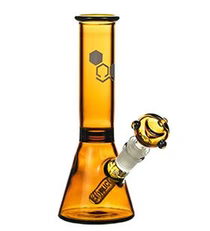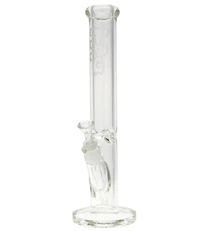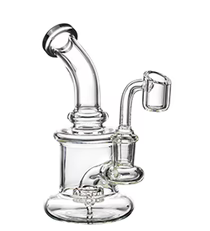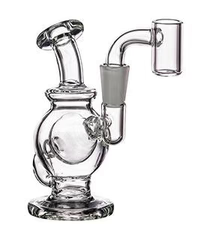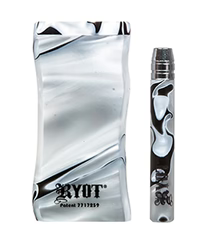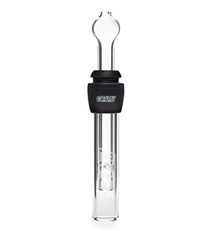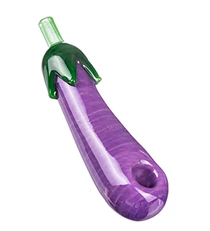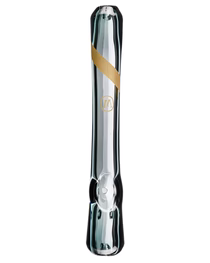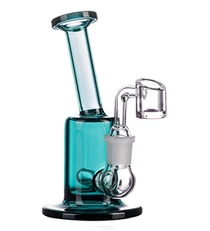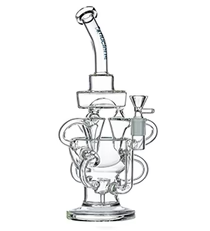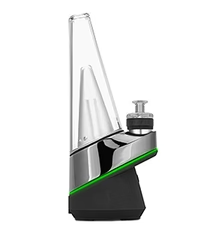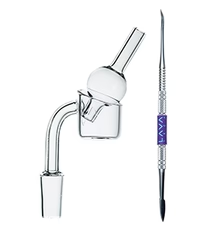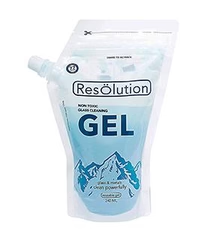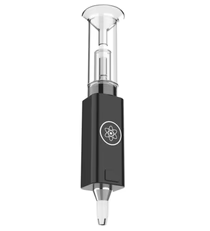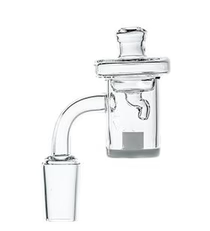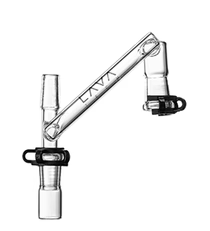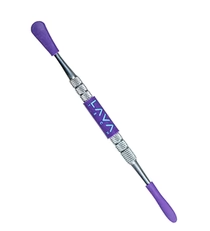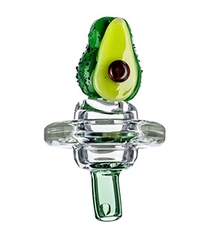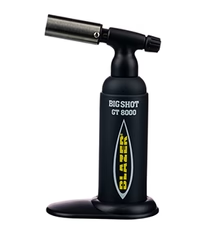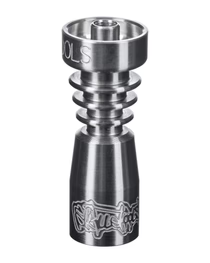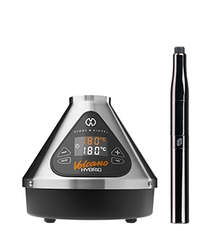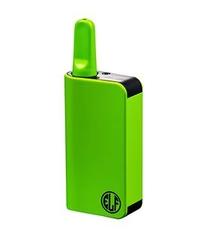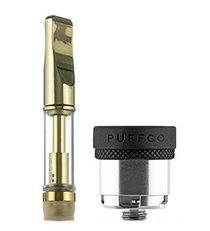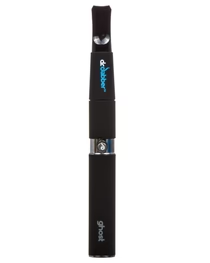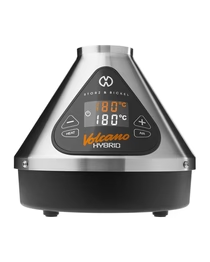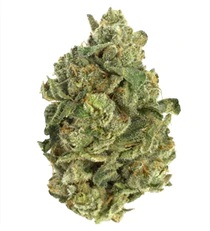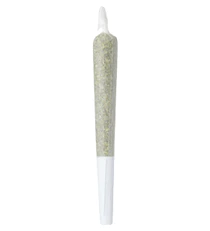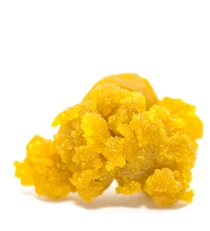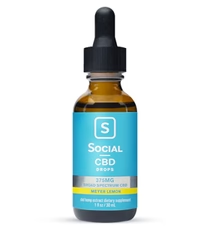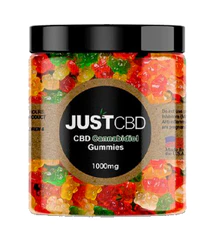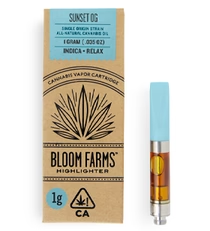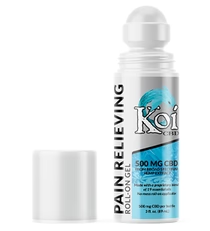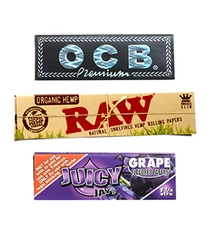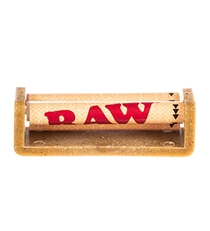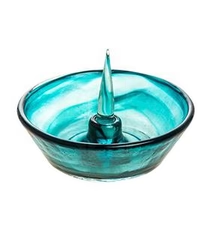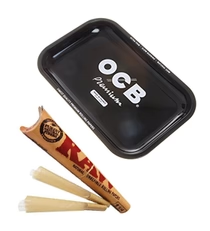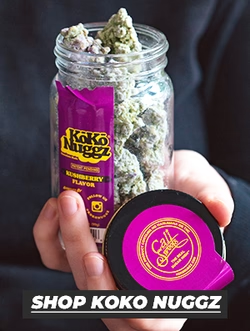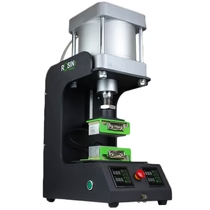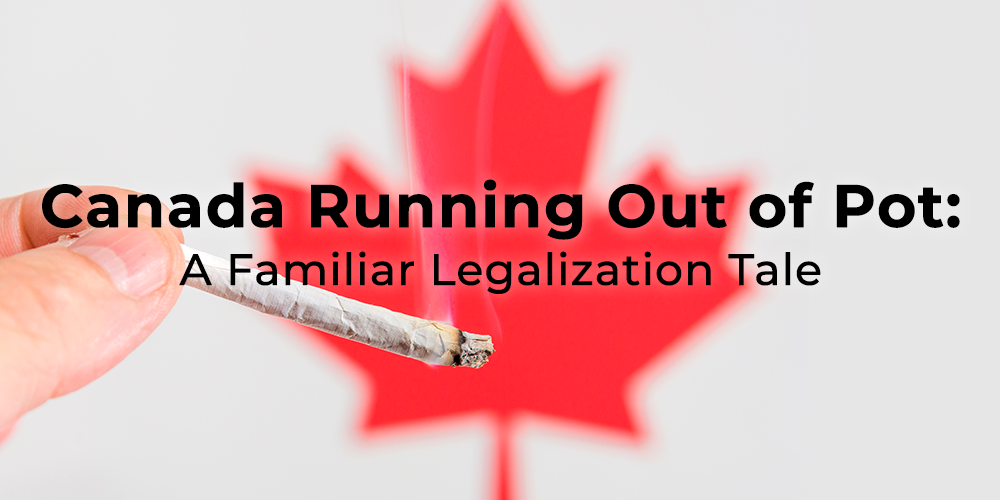
Pot shops in Canada have been running low on bud since the launch of the country’s legal recreational cannabis market last month, but it’s far from an unfamiliar story. In fact, a pot shortage seems to inevitably happen every time a legalization date hits, suggesting that there are some lessons we haven’t been learning.
A Long History of Pot Shortages Across the U.S.
In 2014, Colorado pot shops began to run out of herb almost immediately despite months of preparation “for the green rush,” as Huffington Post put it. It made sense back then, with Colorado being the country’s first attempt at a big, legal recreational market, that an unprecedented number of customers could unsettle the whole setup. After all, without precedent, it was hard to know exactly what to expect.
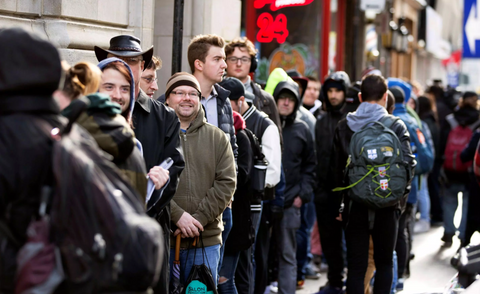 It was understandable too when the problem happened again in Washington state in 2014, where only 20 of 334 initially approved cannabis sales licenses were granted in time for dispensaries to open on launch day. The state lagged on growers licenses as well, the New York Times reported, with growers not having enough time to produce a large crop between getting licensed and the launch of sales.
It was understandable too when the problem happened again in Washington state in 2014, where only 20 of 334 initially approved cannabis sales licenses were granted in time for dispensaries to open on launch day. The state lagged on growers licenses as well, the New York Times reported, with growers not having enough time to produce a large crop between getting licensed and the launch of sales.
And those looking for edibles when the Washington pot market launched could just forget it: not a single “state-licensed marijuana food [producer was] up and running” in time. As a result, retailers had to ration cannabis and ended up charging exorbitant prices that have since dropped off along with prices across the country.
It happened again in Nevada in 2017, when the 47 licensed dispensaries ran so low on pot that the Nevada Tax Commission had to,
“[Pass] a new regulation to address the shortage in a unanimous vote. … The commission found that the current pool of stores licensed to distribute marijuana … insufficient to support the market [and ended up reopening] applications and [allowing] dispensaries previously operating in the medical marijuana program to vie for a spot in the recreational market.”
By the time legal pot launched in California, a state with one of the heftiest and certainly the oldest medical pot programs in the country, the weed shortage was basically advertised as being expected. But unlike most other pot markets experiencing dryness post-legalization, California’s pot drought stretched out long into the current year—the result of slow license approvals, local laws banning cannabis sales in some areas and a hefty black market, MJ Biz Daily argued last month.
Cannabis providers explained to the publication that they were not ready to meet the regulatory standards required by the state. This was despite a six-month grace period given to pot providers on testing for bacteria salmonella, E. coli, mold, and pesticides, a delay in quality assurance that many consumers were not made aware of.
And Now, Canada Runs Dry Too
Fortune reported that Canadian dispensaries were almost entirely sold out of all product four days after legalization; other publications say the problem arose even sooner. Some dispensaries sold out the very day legalization launched, and the entire province of New Brunswick had to temporarily close over half of its dispensaries to restock.
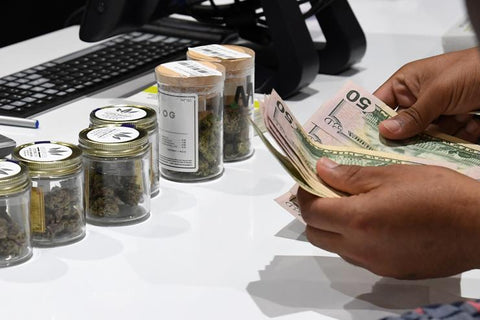 For Canada, it’s largely been a matter of securing an efficient and licensed supply chain, Fortune explained:
For Canada, it’s largely been a matter of securing an efficient and licensed supply chain, Fortune explained:
“Even in September, when early license holders were able to preorder the soon-to-be-legal product, supply was a problem. … Of 300 advertised products, only 70 were available at the time. Shops just getting their licenses now are facing an even worse shortage.”
The BBC explained that “the provincial agency responsible for cannabis sales said that while it had ordered a full supply to stock its stores[,] it received just 20% to 30% of that original order.” Medical cannabis, which is a distinct supply in Canada, also began to run short during that period.
What Is There to Do to Prevent Pot Shortages?
It’s being repeatedly demonstrated that pot markets are not prepared or equipped to handle the volume of demand that comes with the dawning of legalization in a new place.
Much of this has to do with a refusal to work with the black market and build on an existing base of knowledge, a longtime dealer explained to CBC. Not only was he “disappointed in the product licensed producers are selling[,] he [also] said if the legal market had better consulted with those who have extensive black market experience, legalization wouldn’t have been off to such a rocky start.” He told the publication, “if they let the people in the game who know what they’re doing, everything will change. The quality will go up, the supply will go up. Until they do that, it’s just going to be a big battle.”
As far-fetched as a collaboration between the legal and black markets may sound, it might be exactly the answer to the pot shortages that have plagued every single wave of legalization—not to mention a big step to integrating those who have been ostracized from a mainstream pot into a legal, regulated marketplace. And that’s a way for everybody to see green.

